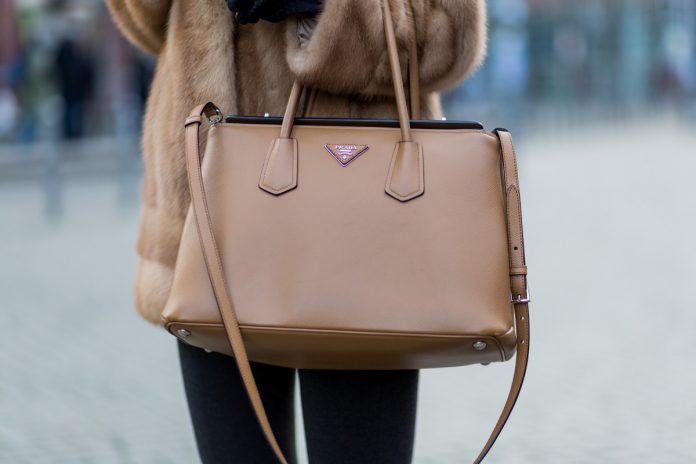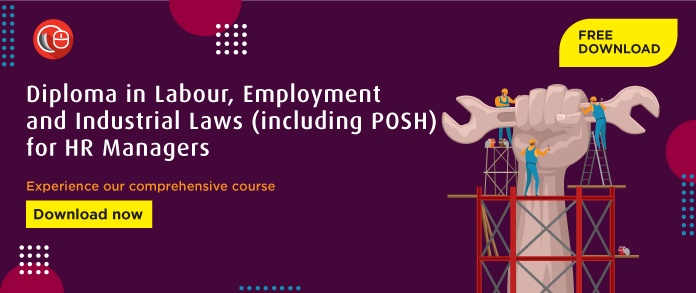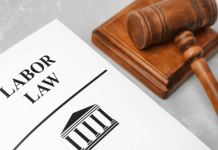This article is written by Nishank Govil, pursuing a Diploma in Labour, Employment, and Industrial Laws (including POSH) for HR Managers from LawSikho.
Table of Contents
Introduction
Though globalisation has opened doors for countries around the world to freely trade knowledge, goods & human capital but there’s also a dark side to it which many of us don’t realise. This free market allows the rich & advanced economies around the world to engage cheap labour from developing countries to increase profits and avoid strict labour compliances in their own countries. But more often than not, it leads to exploitation of millions of workers in these developing countries. The apparel and footwear industry which is worth is worth 3 trillion dollars as of 2020, employs around 75 million labour around the world, three quarter of which are women who are more vulnerable for exploitation then men. Even India’s largest garment hub, Bangalore employs 80% of women in this sector.
Brands like Prada, Salvatore Ferragamo, Fendi, and Christian Dior, just to name a few employs these workers in developing countries. In other words, many of these luxury brands from whom we purchase clothes and shoes from are not paying close attention to the treatment of workers in their engaged with their suppliers and manufacturers. Long working hours, low wages & poor working conditions are very common abuses faced by workers in factories where the work is outsourced.
Problems faced by the workers
Exploitation begins at Recruitment level
Unethical recruitment agencies often take advantage of poor and desperate people by providing them jobs in exchange for hefty recruitment fees, which will be deducted from their monthly’s salary. They may even withhold a worker’s passport or other official documents until the fees is paid. And keep on adding compound interest for any delays, in this way a worker will caught up in the debt trap and will never make enough to pay it back, making him a lifelong slave. An audit conducted by KnowTheChain found that an apparel company in Taiwan charged a migrant worker as much as US$7000 for a job at a fabric mill. Another factory audit found that 82% of workers had their passports withheld.
Especially Migrant workers are at a higher risk of exploitation because of lack of any local support and their incognizance about the local laws & grievance mechanism. And in some countries, migrant workers make up the majority of apparel workforce, countries like Jordan and Mauritius have 77% and 44% migrant workers respectively. Women constitute two-thirds of this workforce, which makes the situation worse as they are unable to raise their voice against any discrimination or exploitation.
Child Labour
According to a report, children are forced into the supply chain of the fashion industry starting from production of cotton to harvesting and yarn spinning. The International Labour organisation (ILO) has claimed that over 250 million children between the age of five and fourteen in developing countries, works in the fashion industry. Poverty is one of the main reasons, especially in countries like India & Bangladesh for these children to start working at an early age. Even top luxury brands like Hermes and Louis Vuitton use child labour in their production line. These children become the soft target for these factories as they require unskilled labour who can work at low wages and often some tasks are carried better by children than adults especially in cotton-picking farms, where children are employed as their small fingers do not damage the crops.
Health & Safety Hazards
The collapse of the Rana Plaza building in 2013 which killed around 1134 garment workers in Dhaka, Bangladesh, revealed the appalling working conditions in the fashion industry. Employees usually work with for long hours without proper ventilation or fire exits, inhaling fibre dust & toxic chemicals especially dyes in these factories which may lead to lung diseases, if exposed for a long time.
Prohibition of Worker’s Unions
In order to promote industrial growth, many a times Governments favours the employers by relaxing some regulations especially in export zone or SEZs (special economic zone), which restricts the workers to form unions. These relaxations rather, work against the workers by restricting them to form a union for collective bargain. In some cases, the management also threatens the workers to fire them from job if found guilty in such activities, which also discourages employees to form unions.
Steps taken by Prada to address these issues
Many companies do not really know where their clothes are being made. The vast majority of today’s fashion brands do not own their manufacturing facilities, making it difficult to monitor or control working conditions through the supply chain. Though the risk of modern slavery within its own organization is very low or almost nil because of the strict legislations & easy access to the grievance redressal mechanism either internally or externally but the company has taken steps to ensure the same along its supply chain as well. The company released a ‘Modern Slavery Statement’ 2017, complying with the UK’s ‘Modern Slavery Act 2015’ which ensures the absence of any form of “modern slavery, forced labour and human trafficking” within its organization and along its supply chain.
The Supply Chain
The Prada’s business model is based on a supply chain that combines artisanal skills with production process technologies, entrusted to 22 manufacturing facilities in Europe and to a network of external suppliers and producers carefully selected for their quality and reliability. All stages of the production process are controlled by Prada’s technicians in order to ensure quality & precision throughout the supply chain.
- The vast majority of the prototype and samples, as well as parts of the finished products and the most delicate phases of production, such as the controls over all raw materials and product accessories (also for suppliers) and the cutting of hides, are now produced at the Prada’s own facilities.
- The geographic location of the suppliers selected, is done based on the quality & the established relationship with the supplier which reduces the risk of conditions constituting to slavery, forced labour and human trafficking.
The Ethical Principles
On March 15, 2019 the Board approved a ‘Sustainability Policy’ in which the Group declares its commitment to operate in full respect of the value of the individual and for the human and workers’ rights in accordance with the United Nations Universal Declaration of Human Rights and the International Labour Organization (ILO). The Board of Directors considers respect for these ethical principles to be the foundation of the enterprise’s success and represents an important expression of its image and reputation.
The Prada Group operates in:
- compliance with legislative and regulatory provisions in all countries;
- legitimacy, loyalty, correctness and transparency;
- respect of the privacy;
- respect for the value of the person;
- respect for competition, as a crucial instrument in the development of the economic system;
- respect for the environment while raising awareness about its protection.
This Code of Ethics has been published internally within the company & also incorporated in the business contracts with the existing suppliers around the world. The signing of the
Code of Ethics is a fundamental prerequisite for working with Prada for any supplier or
distributor.
Risk Assessment and Due Diligence
Within this framework, the Prada Group has adopted the group’s qualified vendor list which consists of procedure to redefine the responsibilities and operational behaviours required to evaluate ethical, technical and economical reliability. Even for ethical issues, the accreditation and maintenance of a supplier’s qualification are based on the request of documents, attestations and self-certifications that ensure, compliance with the law on remuneration, social security, taxation, health and safety, the environment, privacy and the governance model. This information is subject to periodic updates and systematic checks, to ensure veracity and consistency.
The procedure may include further inquiries in case of any potential non-compliance in the documentation. This type of control is accompanied with regular visits by Prada’s industrial divisions to suppliers, apart from ensuring compliance with technical and commercial agreements which provide additional assurance regarding working conditions. In case of a non-compliance that can be corrected, the supplier may be temporarily suspended until the corrective actions are implemented, while for more serious cases the contract may be terminated immediately.
Conclusion
The well-being of garment workers around the world relies on the fashion industry realising that they have a responsibility for these worker’s health and wellbeing. As a conscious customer, we should also ensure that every purchase we make from any brand, should represent value. When these issues surface up in the media, it indirectly affects the brand, by creating a negative image and brands responds to their customer’s voice. Therefore, it has become imperative for these fashion brands to focus not only for the wellbeing of their own employees but also the employees of their suppliers & manufacturers around the world. Also, the government has a role to play by making stricter laws for employers engaged in such mal practices & by creating a web-based mechanism for employees to address their grievances in a timely manner, then only there’s some hope for these workers.
References
- https://www.luxurydaily.com/fashion-labels-failing-to-adequately-combat-forced-labor-report/
- Know the chain
- Child Labour in the Fashion supply Chain
- The Prada group modern slavery statement
Students of Lawsikho courses regularly produce writing assignments and work on practical exercises as a part of their coursework and develop themselves in real-life practical skills.
LawSikho has created a telegram group for exchanging legal knowledge, referrals, and various opportunities. You can click on this link and join:












